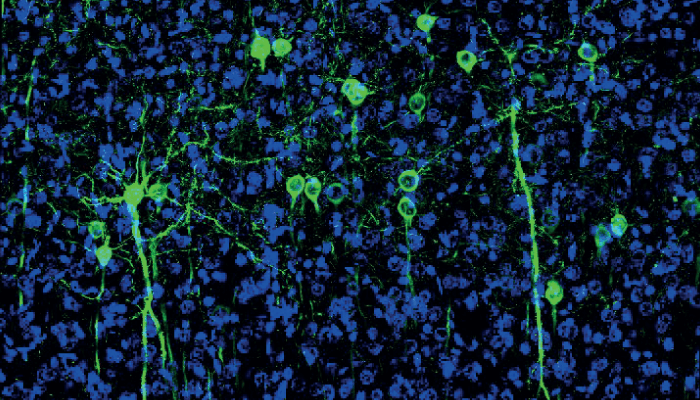
After five years of work, a huge consortium of researchers supported by the National Institutes of Health's Brain Research Through Advancing Innovative Neurotechnologies (BRAIN) Initiative has simultaneously published 17 studies identifying 116 different cell types in the mouse, marmoset, and human motor cortices (1).
To characterize the different cell types, the researchers used single-cell RNA sequencing to identify all the specific messenger RNA molecules and their levels in each cell. Other methods included chromatin accessibility and DNA methylomes, morphological and electrophysiological properties, and cellular resolution input–output mapping. Many of the methods incorporated artificial intelligence and machine learning. Finally, a team of statisticians combined data from all of the experimental methods to determine how best to classify or cluster cells.
References
- BRAIN Initiative Cell Census Network (BICCN), Nat, 598, 86-102 (2021). Available at: https://go.nature.com/3vja6jY
